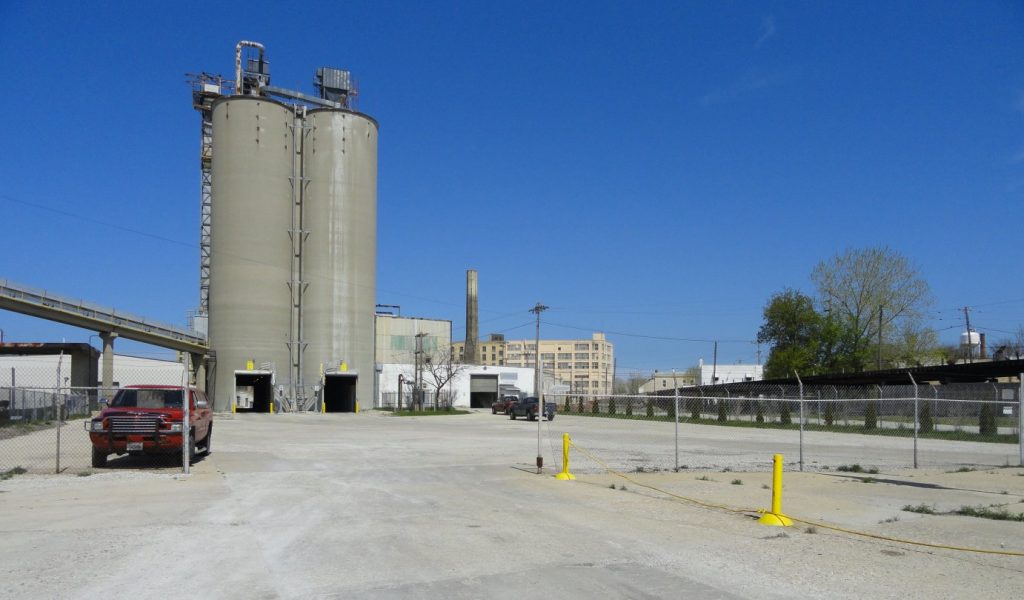
My father’s (and my erstwhile) employer at Medusa Cement seems to have left Milwaukee. There is a company still using the facilities called St. Mary’s. It looks almost the same, which is not surprising since there is not much you can change. The view that you see in the picture above could have been taken when I was worked there more than thirty years ago, except back then there was a big sign saying “Medusa Cement”. They evidently no longer get any cement via rail. I used to work on the hopper cars next to the river. Today the tracks are gone or at least overgrown with grass, as you can see below. The grass is very nice. They must have done something. Strange that you would cultivate such a nice lawn next to a parking lots in back of a rusty chain link fence where nobody goes.
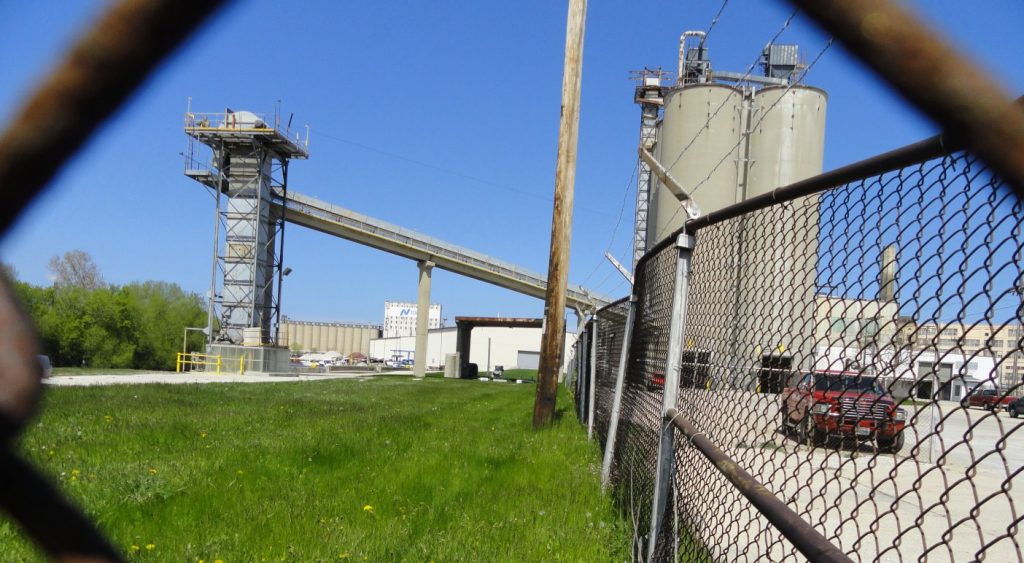
Milwaukee is a very different from the place where I grew up. Milwaukee was an industrial city, characterized by its job-shops & quality tool and die makers. There were also a great variety industries. Many were not particularly clean, but they did provide lots of jobs and good middle class lives.

Milwaukee’s industry was written on the wind. I used to ride my bike from my house on the South Side all the way up to Mellows lock-washer Company on Keefe Street on the North Side, where I had my first job. This gave me a tour of industrial stinks. I started off with the steel-coal smell from Pelton and Nordburg if the wind was out of the west. East wind would bring the smell of the sewage plant, where they processed our flushes into Milorganite. Up the street on First Street, you came into the coke-coal plant. It had an eternal flame, where it flared off gas. Then you hit the metal smell from Grede Foundry (the location of the foundry is above.) A short distance farther was some kind of tannery. It was the worst stink. Crossing the river, you got a sweet smell from the Ambrosia Chocolate Factory, but this was quickly replaced by the yeasty smell of the breweries.
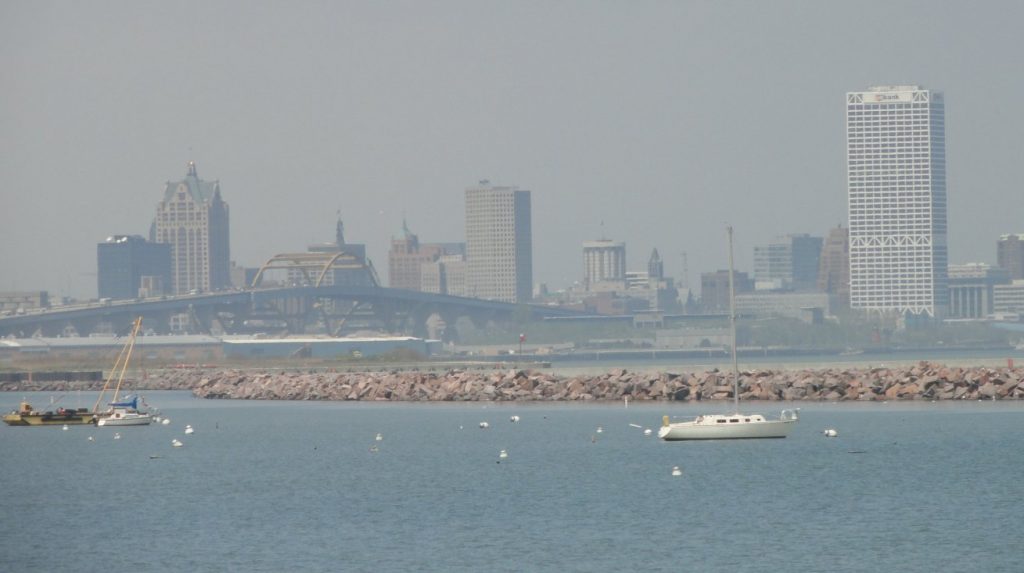
I didn’t really know that these smells were strange until I went away to college in Stephens Point. When I came back for a visit, I was surprised as the stink.
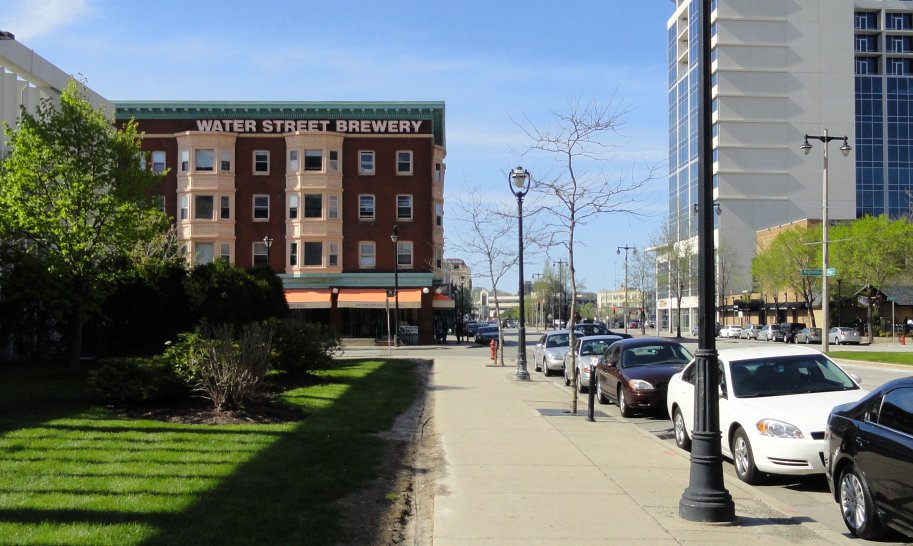
All the smells are gone now. Some is attributable to better pollution control, but more of it has to do with the industries just going away. The sewage plant doesn’t really smell at all anymore. I didn’t detect any smell from the tannery. I don’t know if it is gone or not. The Foundry is now just eight acres of flattened rubble for sale. Pabst, Schlitz and the other Brewers except Miller are gone. Their former buildings are now high priced condos. You can still buy Schlitz & Pabst. I don’t know where they make it but the smell is gone. Milwaukee now has a few craft brewers (you can see a picture of one above) but the baseball team name – the Brewers – is the only tangible remnant of what was once America’s greatest beer city. The coke-coal plant closed down years ago. It couldn’t meet pollution rules and the inefficient plant couldn’t compete economically. I don’t know what happened to Ambrosia Chocolate, but there is no sign of it.
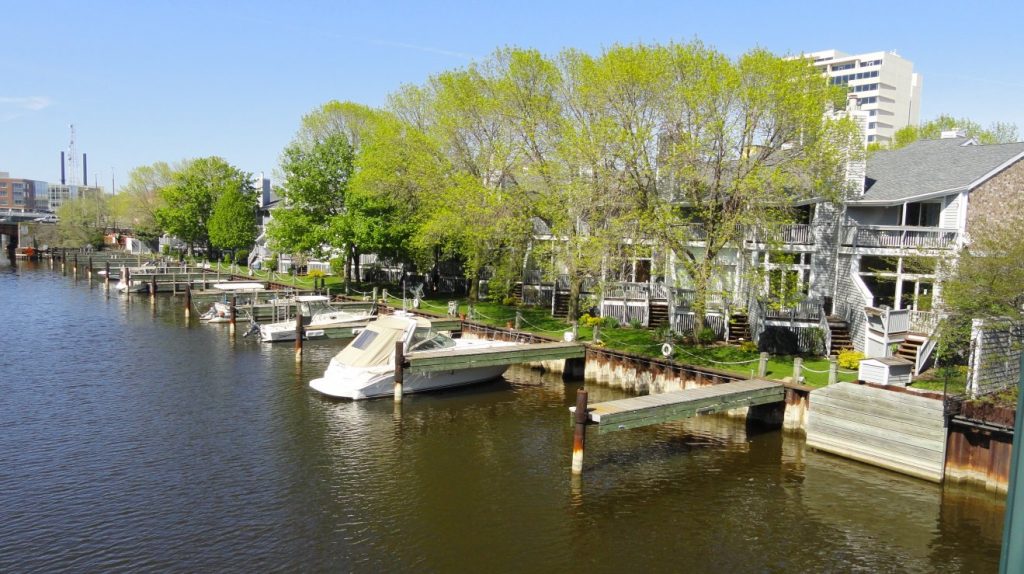
The rivers are also cleaner. The Kinnickinnic River used to come in a variety of colors, since there was some kind of paint factory up stream. The Milwaukee River just stunk. It picked up all the industrial waste of the Menominee River than lots of its own. I didn’t believe my aunt Florence, who told me that she learned to swim in the Milwaukee River. I didn’t want to even get splashed by that water. Today there are upscale condos along the river and a river walk that attracts people. The condos come with their own yacht slips. I suppose you could swim if you wanted to. I still wouldn’t, unless somebody pushed me in.
Everything is cleaner now and more pleasant. I even read that Milwaukee is “cool” and the our old blue collar Pabst Blue Ribbon has become kind of a trendy drink, but I still sometimes miss old Milwaukee.
